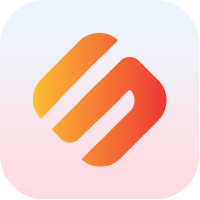How to Interact With the Database
Getting Started
Blocks and transactions are the bread and butter of every blockchain. Core stores them in a PostgreSQL database.
Retrieving Blocks & Transactions
import { app } from "@swipechain/core-container";
const database = app.resolvePlugin("database");
async function callDatabaseMethods() {
// Get a block from the database by its id
await database.getBlock("some block id");
// Skip the first 100 blocks, grab the next 100
await database.getBlocks(100, 100);
// Grab blocks at height 1, 5 and 10
await database.getBlocksByHeight([1, 5, 10]);
// Get all blocks that have been forged in round 10
await database.getBlocksForRound(10);
// Get the last block we've received
await database.getLastBlock();
// Get the last 10 blocks we've received
await database.getRecentBlockIds();
// Get a transaction from the database by its id
await database.getTransaction("some transaction id");
}
callDatabaseMethods();
Conclusion
This guide should give you a rough idea how to easily access blocks and transactions from the database that you can then use to process in your plugins.
Keep in mind that database queries on large tables like blocks and transactions are expensive so try to keep to a minimum.
WARNING
Be careful when accessing the database with your applications outside of Core as you might cause a deadlock which can result in your node going out of sync if it doesn't resolve itself.
